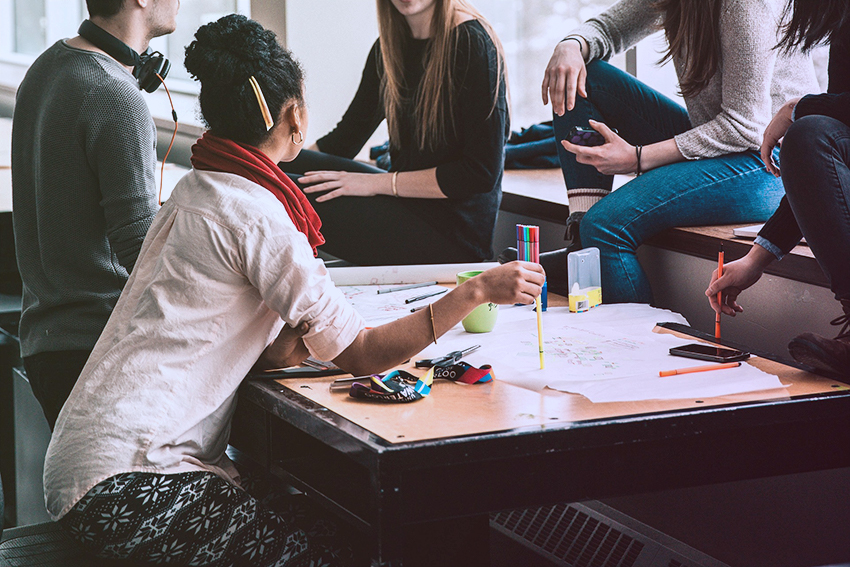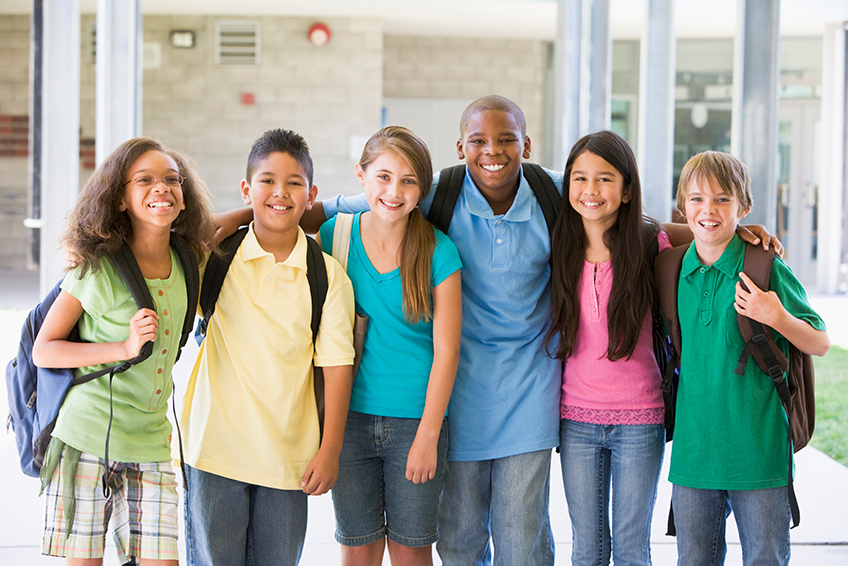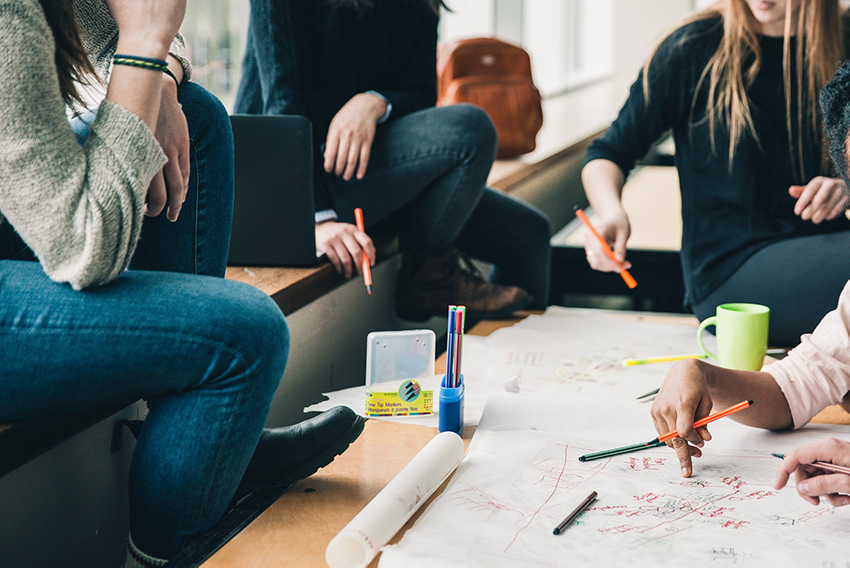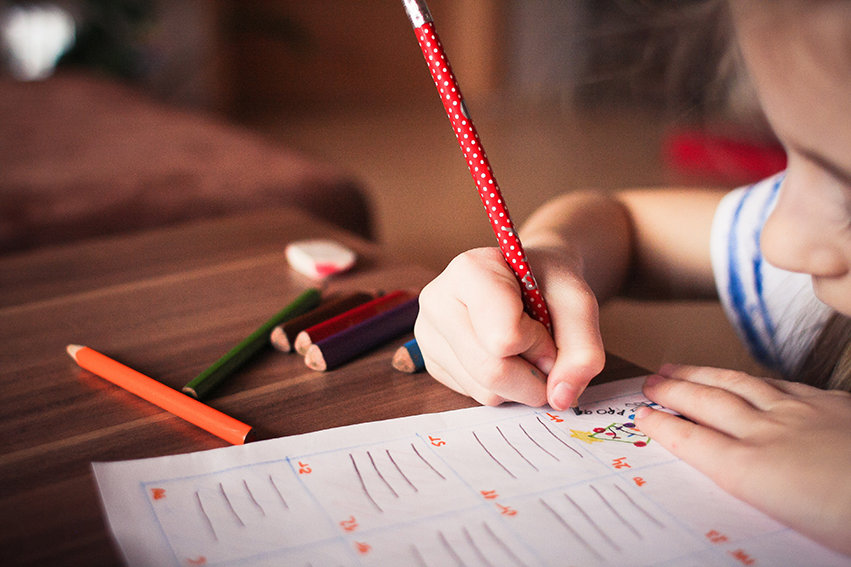Restorative Justice in Schools
Many discussions in education revolve around behavior management and discipline. Different people subscribe to different philosophies, but one that is receiving a lot of attention is restorative justice or restorative practices. What is restorative justice? What are the advantages and disadvantages of implementing it in a school? Here’s what we found.
What is Restorative Justice?
According to We Are Teachers, “Restorative justice is a theory of justice that focuses on mediation and agreement rather than punishment.” The focus is on helping students learn to work through conflicts, coming to a solution that serves everyone well. “It aims to help students understand how their actions have harmed other people and give students a chance to right their wrongs,” is another explanation from Stephanie Wang at Chalkbeat.
Schools that practice restorative justice take a proactive approach—building relationships and developing a sense of community before incidents happen. Students are given opportunities to talk to one another, discussing goals, dreams, and fears so they get to know each other, understand one another, and build respect.
When an incident occurs, the offending student is given an opportunity to repair the harm they caused. They meet with those they hurt, along with a mediator, and discuss how they can make things right. All involved talk about what happened, why it happened, and the harm it caused. They then come up with a plan for righting the wrong.
Benefits of Restorative Justice
Implementing restorative practices promises many benefits. With the focus on building relationships and developing a sense of community, schools often establish a more positive climate. Students come to know and understand each other and learn to be more considerate of one another. Trinity, a fifth grader at a school practicing restorative justice in Denver, said, “When you go to school here, you get to know each other. At my old school, we never got to know each other—or to understand each other.”
Teachers and students develop a greater sense of mutual respect. A study shared by Hechinger Report found that students felt they had a better relationship with teachers who fully embraced restorative practices. “And the strong relationship in turn linked to a great sense of respect between teacher and student.”
Discipline issues may take away less from instructional time. Some teachers implementing restorative practices feel they spend less time disciplining and more time teaching. The focus on keeping students in school and avoiding suspension when possible can also help keep students in class, giving them greater opportunities to learn.
Restorative Justice Roadblocks
Restorative justice isn’t just an easy fix, though. Adopting the practice is not just a matter of flipping a switch. It takes time, effort, and buy-in from everyone involved—teachers, students, and even parents. If students aren’t willing to participate in the necessary conversations, the process will be halted. If teachers don’t see the value in shifting the way things are done, they will struggle to find the motivation to take on another new program and change current disciplinary practices.
Implementing restorative practices requires a shift in mindset. “Restorative justice can’t just be a set of things we do. It has to be a framework for how we view teaching and learning,” said Kathy Evans, associate professor of education at Eastern Mennonite University, as quoted in an article from Hechinger Report.
Research on the impact of restorative justice is sparse and not conclusive. The practice has been around in other settings for hundreds of years, but it is unclear how real and deep the benefits are in an education setting.
Have you implemented restorative justice in your school or classroom? What has your experience been?










